Foods you can and can't take on airplanes
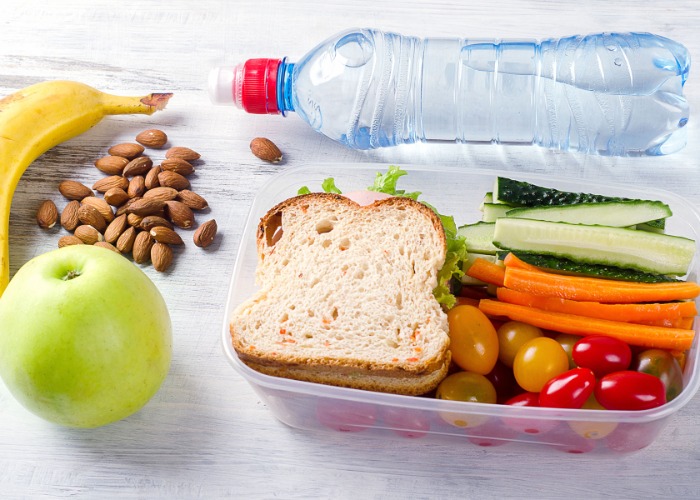
Don't let airport security nab foods from your hand luggage. Here's what you can take aboard and legally bring back.
Now holiday season is here again, it's worth refreshing your memory on what foods you can and can't take on a plane. Some rules have changed due to Brexit, so knowing what food you can and can’t take on a plane can be a bit of a minefield. Here’s the rundown of what you can and can’t pack.
Can you take food in hand luggage?
Generally, as long as it’s solid – yes. The main thing you need to remember, at least for now, is that you can’t currently take liquids through security in your hand luggage in quantities over 100ml (and more than 1L in total). In this case, ‘liquids’ is extended to include anything with a high liquid content, so it covers everything from water and fruit juice to pasta sauces and oils.
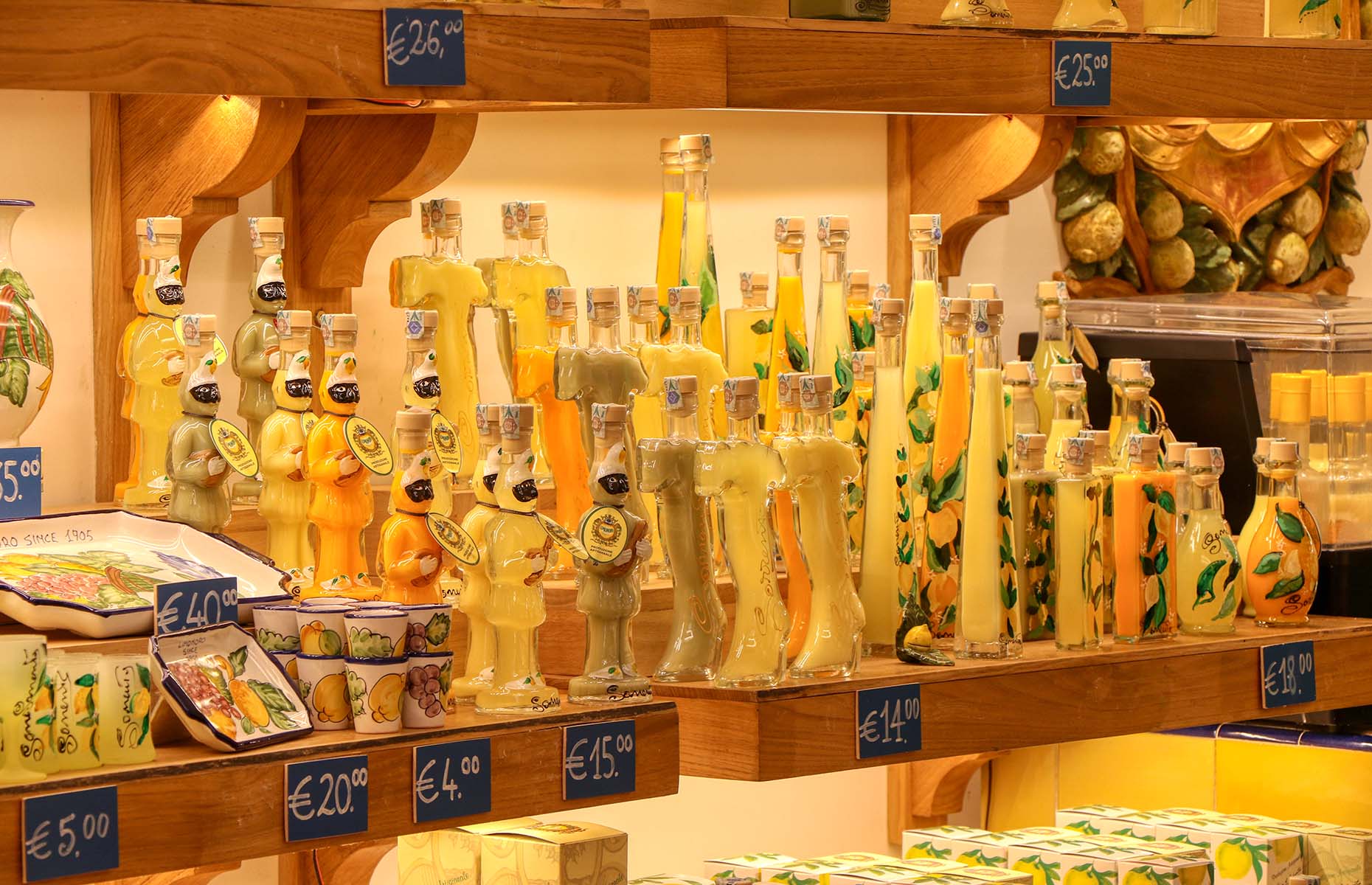 Massimo Todaro/Shutterstock
Massimo Todaro/Shutterstock
When will the rules around liquids be changing?
New technology is currently being trialled at UK airports, meaning that the laws around flying with liquids in hand luggage could soon change.
Both Teeside Airport and London City Airport have already scrapped the 100ml rule after bringing in high-tech CT scanners that take detailed 3D images of passengers' bags. The government has set a deadline of June 2024 for most UK airports to have the machines set up and ready to use – and when that happens, travellers will be able to carry up to 2L of liquid aboard.
Is honey a liquid?
A number of products come up again and again when it comes to the most confiscated items at UK airports.
You may never have thought of honey as a liquid before, but for the purposes of airport security it’s considered as such. Along with all those other items that straddle the fine line between solid and liquid food – Marmite, Nutella, marmalade, jam and chutneys – you’ll need to confine it to jars under 100ml. So be sure to pop anything bigger into your hold baggage if you want to take it with you.
READ MORE: Concorde's incredible menu revealed
What about olives? Don’t be fooled into thinking olives count as solid food – they’re most often sold bottled up in brine and will be considered a liquid product. Similarly, you can think of anything sold in oil or brine, like antipasti, capers, anchovies and gherkins as liquid foods.
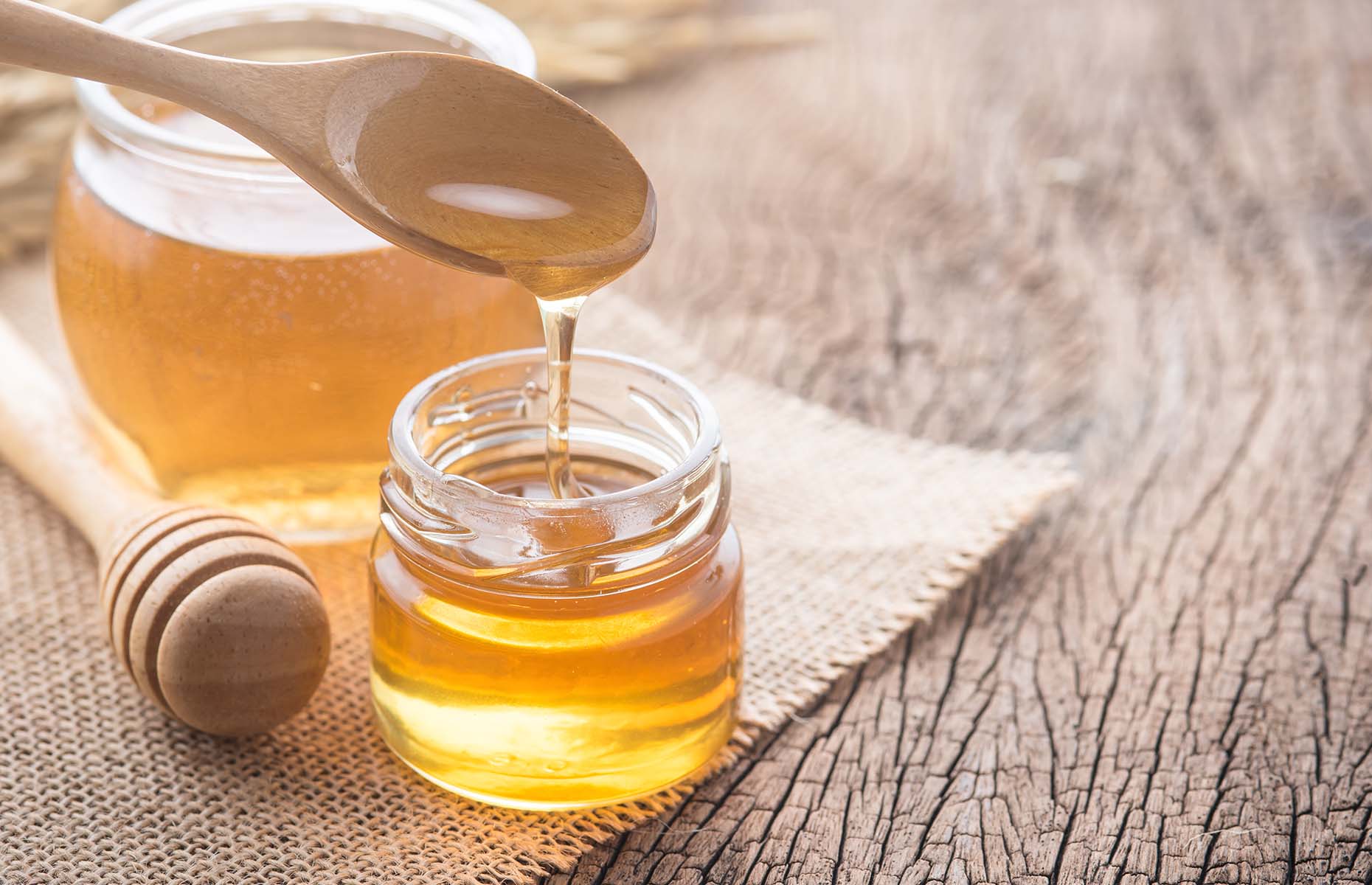
showcake/Shutterstock
Can you take cheese on a plane?
If you can’t go anywhere without bringing back a wedge of local cheese (what better reason to visit France, after all?), then you’re in luck – you can take hard cheeses in your hand luggage.
If you’re wanting to travel with a soft cheese – whether a cream cheese or a little pyramid of goat's cheese – then you’ll need to store it in your hold luggage. Not that these rules only apply if you're travelling from within the EU.
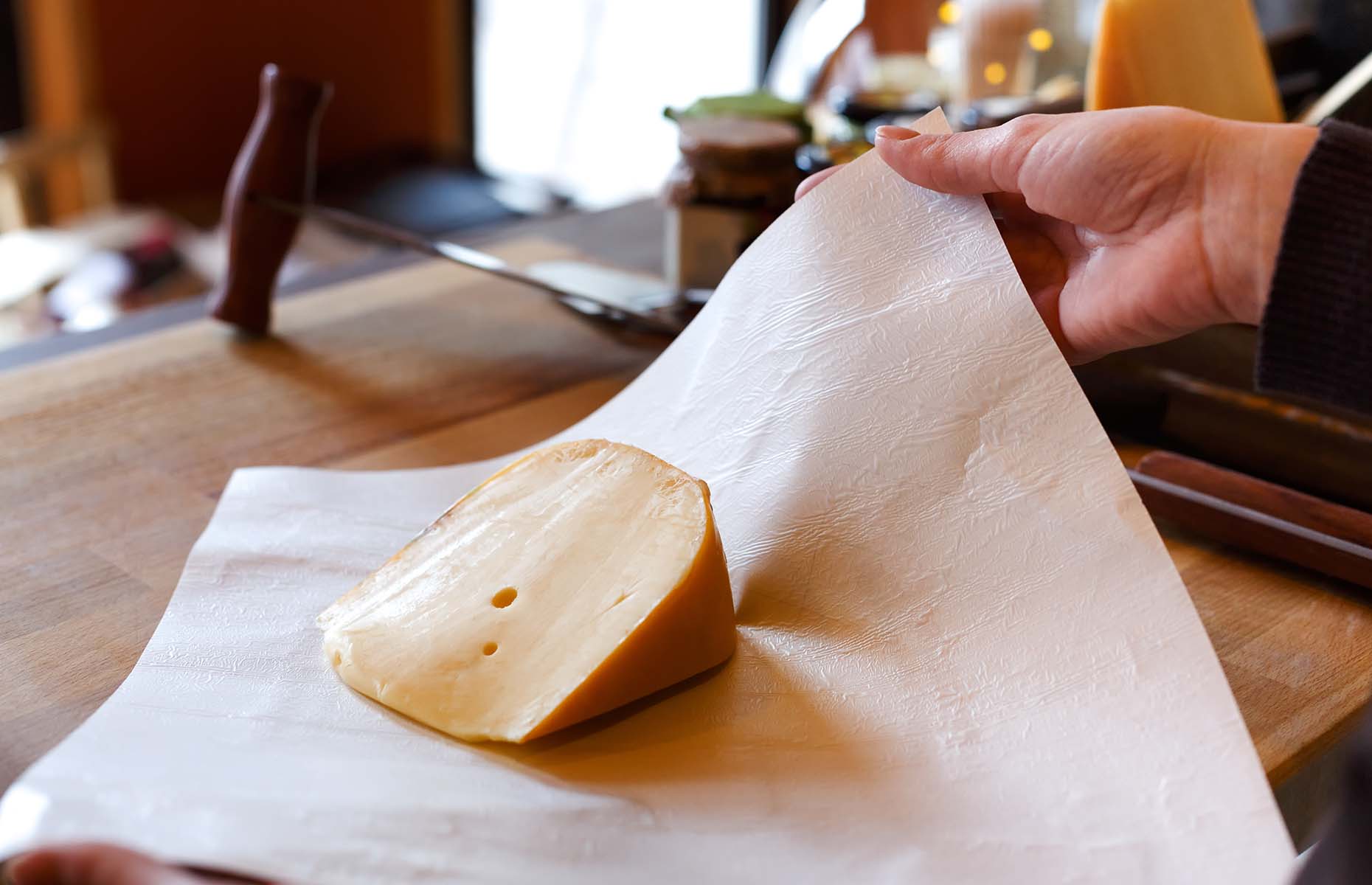
Prostock-studio/Shutterstock
READ MORE: 25 reasons why food tastes different on planes
What are the rules in the EU?
If you’re travelling from the EU (as well as European destinations such as Andorra, the Channel Islands, the Isle of Man, Liechtenstein, San Marino, Norway and Switzerland), you’re able to bring in any fruit, vegetable, meat, dairy or other animal product to the UK with no weight limits. But of course, you’ll only be able to take them in your hand luggage if they’re solid enough – so fresh eggs in the cabin are thankfully a no-no.
It's also good news if you’ve got your heart set on bringing back whole chorizo links from Spain, or gravlax from Scandinavia – though perhaps less so for your fellow travellers who may prefer not to travel in an unexpectedly pungent cabin.
Note that these rules only apply to those travelling from the EU to the UK. When entering the EU from the UK, you're not allowed to bring any food known as POAO – products of animal origin – and most fruit. The ban applies to both your cabin and hold baggage, and extends to items such as cakes that contain fresh cream. There is still an exemption for powdered infant milk, infant food and special food required for medical reasons, but they all must weigh less than 2kg. Make sure you check the latest information and restrictions on gov.uk.
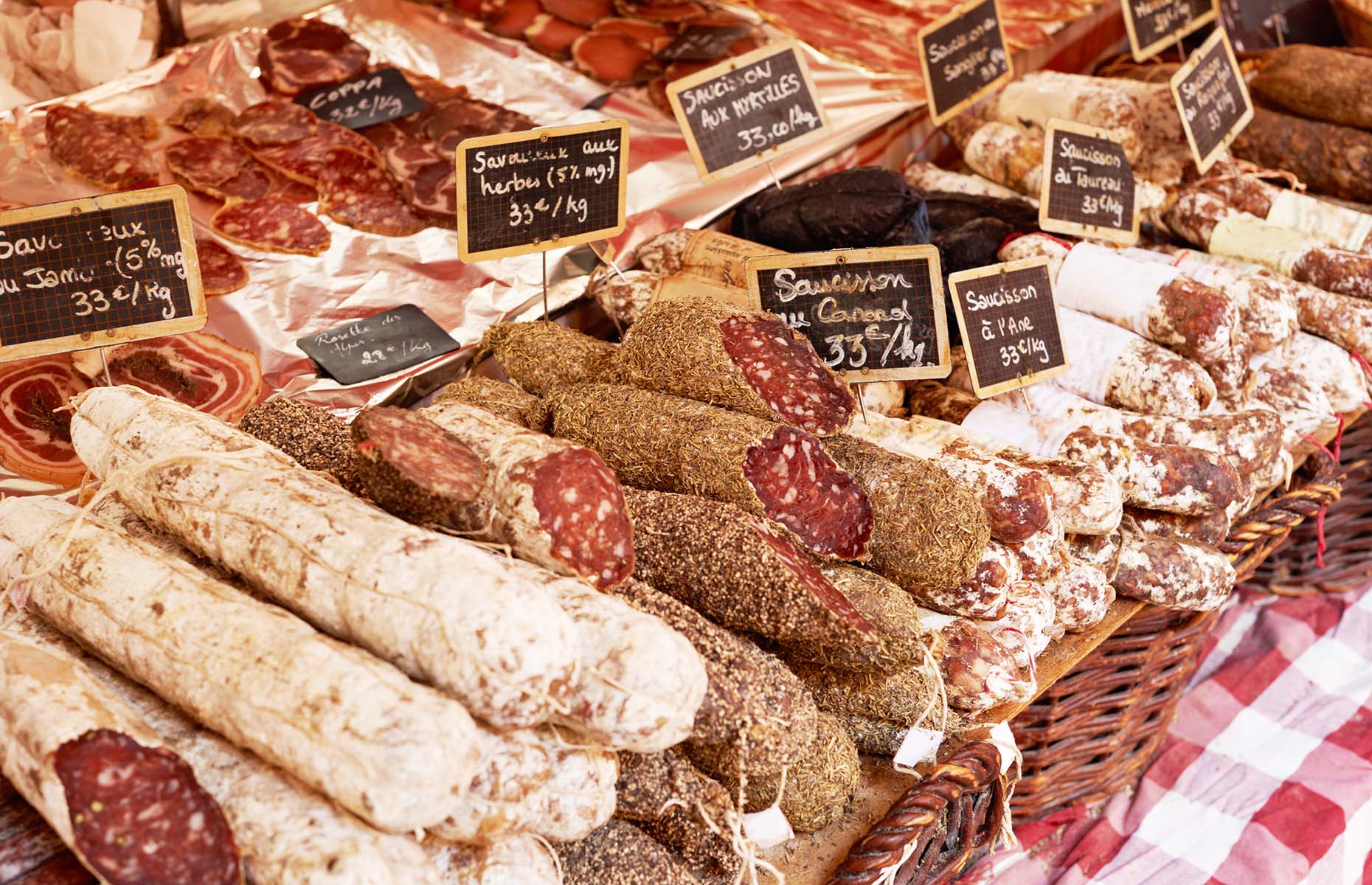 Nikolay Dimitrov - ecobo/Shutterstock
Nikolay Dimitrov - ecobo/Shutterstock
What about other countries?
There are a lot more restrictions on what you can bring into the UK when travelling from outside the EU. The main thing to remember is that you can’t carry any meat, meat products, milk or dairy products – so think twice before packing biltong if you’re coming back from South Africa. You can bring fruit and vegetables as long as they have a valid phytosanitary certificate.
You can also bring in fish products, honey and eggs, with some restrictions within these categories. Any fish you bring on board must be gutted, cooked, cured, dried or smoked and must not exceed 20kg. Most long-life, solid and dry produce such as chocolate, spices and coffee are generally ok to bring on board. Again, the best place to check for up-to-date information is gov.uk.
Rules are a little different from Iceland, the Faroe Islands and Greenland – you are allowed to bring any of these items, including meat and dairy, into the UK at a limit of 10kg per person.
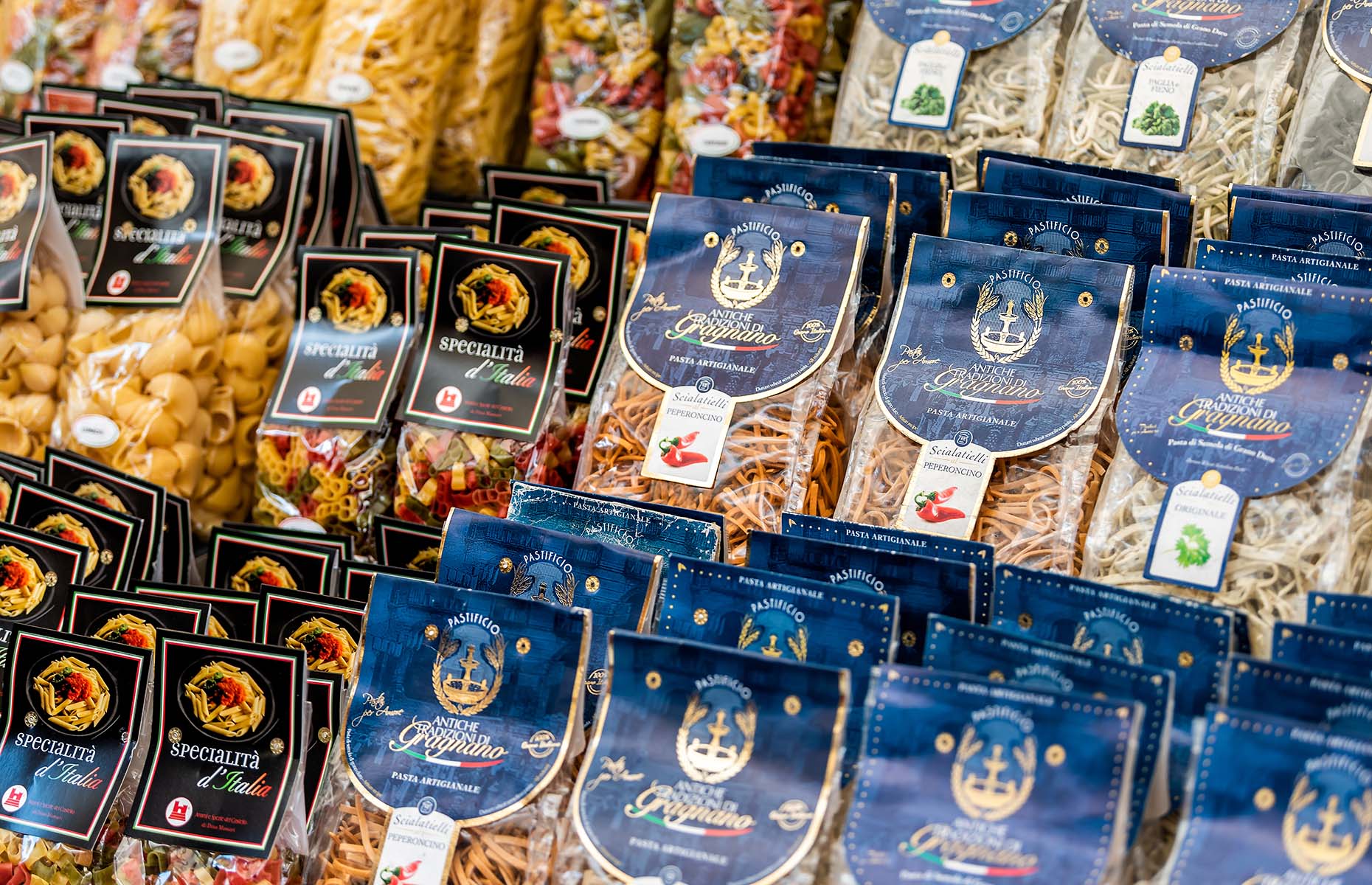 Kristi Blokhin/Shutterstock
Kristi Blokhin/Shutterstock
What’s the best way to travel with food in hold baggage?
If you’re planning on bringing back some edible souvenirs from your travels, it’s best to set out well prepared. Good staples to pack are bubble wrap, parcel tape and strong plastic bags. Tape down the lids of all jars and bottles, wrap in bubble wrap, then place inside something soft and protective like socks or trainers, or roll bigger items up in your clothes.
Also, make sure you start off with enough space for your goodies in your baggage – the last thing you want is to have to leave something behind because you can’t squeeze it in, or face paying a fee for going over your weight limit.
What about taking baby food or medicines on planes?
Thankfully, the rule on travelling with liquids doesn’t apply to baby supplies, so you are able to take as much baby milk, baby food and sterilised water as you will need for the journey in your hand luggage (provided you’re travelling with a baby, of course). You can also travel with containers of breast milk, as long as they don’t exceed 2L and aren't frozen. Be aware that airport security might want to open the containers to screen the liquids, and on some occasions you can even be asked to taste any food or milk you have with you.
Special foods and essential liquid medicines, including inhalers, over 100ml are allowed in hand luggage as long as you provide a supporting document – for example a letter from your doctor or a copy of your prescription. You'll find more information on gov.uk.
READ MORE: The most decadent airline menus in history
Lead image Jaromir Chalabala/Shutterstock
Comments
Do you want to comment on this article? You need to be signed in for this feature